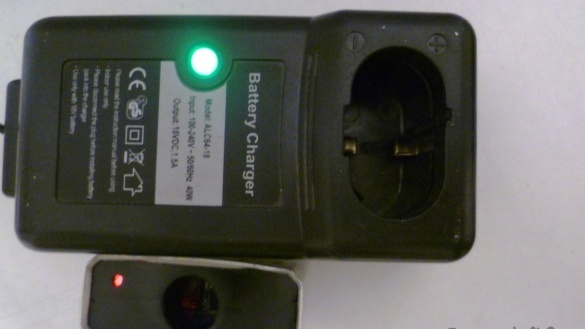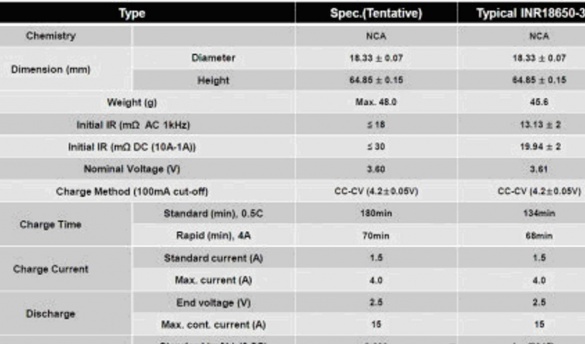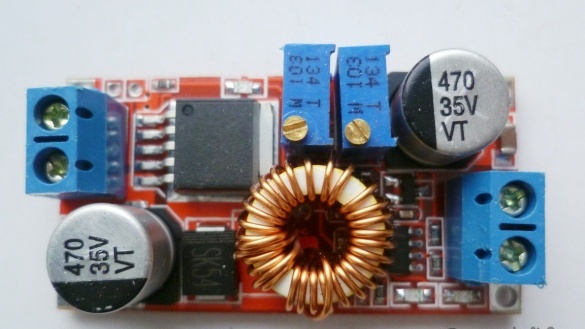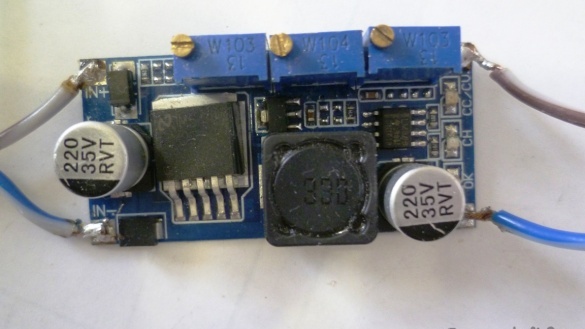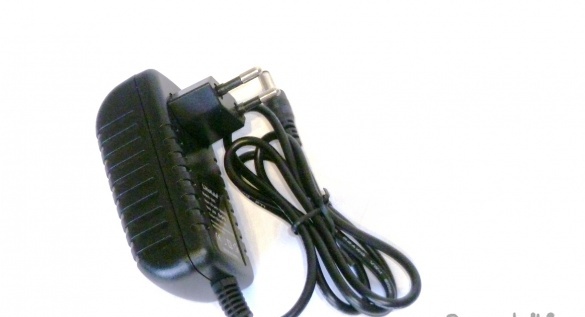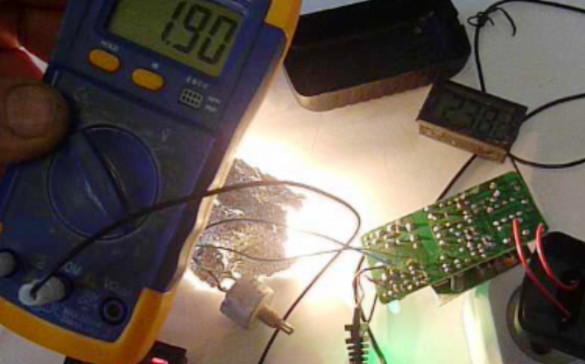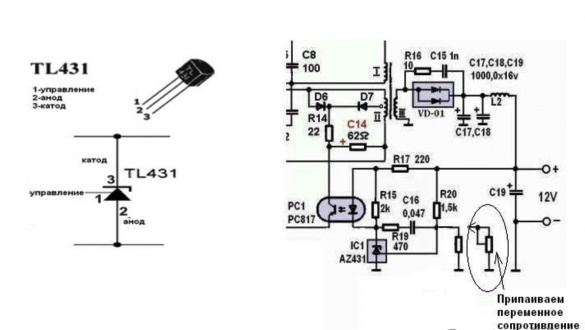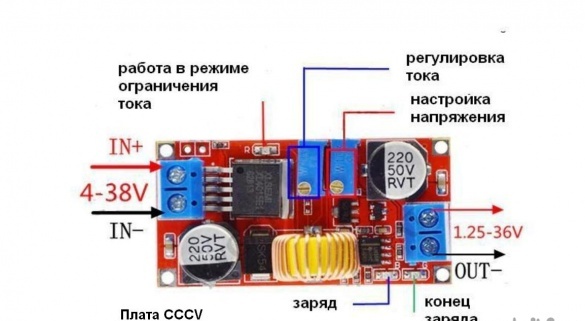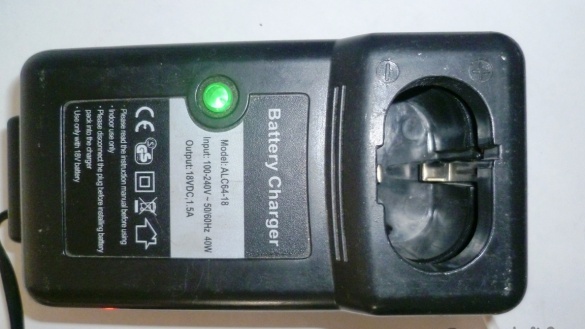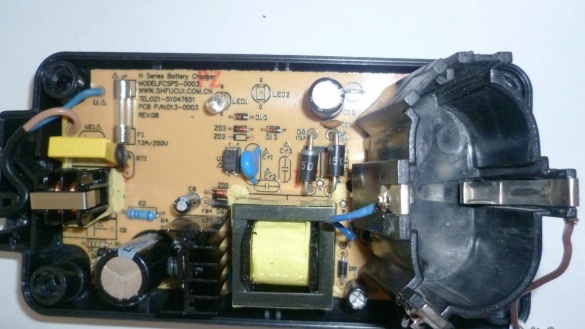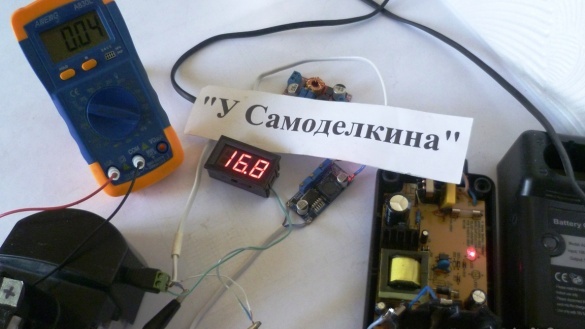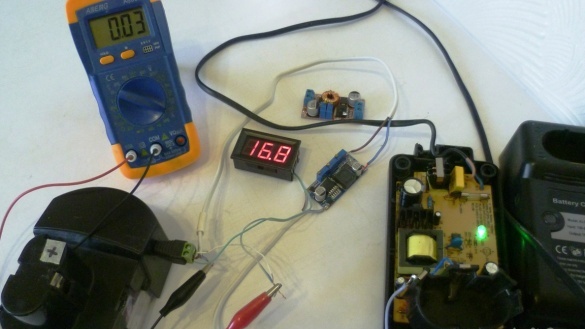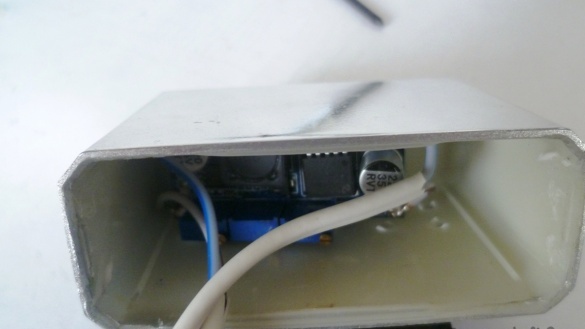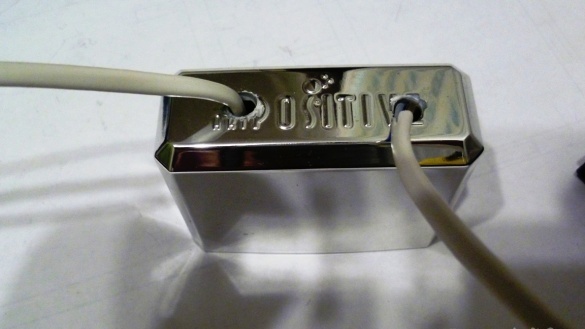In a previous article, I examined the issue of replacing nickel-cadmium (nickel-manganese) NiСd (NiMn) screwdriver batteries with lithium ones. We need to consider a few rules for charging batteries.
Lithium-ion batteries of size 18650 can mainly be charged up to a voltage of 4.20 V per cell with an allowable deviation of not more than 50 mV because an increase in voltage can damage the battery structure. The battery charge current can be 0.1 x C to 1 x C (here C-capacity). It is better to select these values by datasheet. I used brand batteries in the alteration of the screwdriver. We look at a datasheet charging current of -1.5A.
It will be most correct to charge lithium batteries in two steps according to the CCCV method (constant current, constant voltage).
The first step is to provide a constant charge current. The current value is 0.2-0.5C. I used a battery with a capacity of 3000 mA / h, which means that the nominal charge current will be 600-1500mA. After charging the can goes at a constant voltage, the current is constantly decreasing.
The battery voltage is maintained between 4.15-4.25V. The battery is charged if the current decreases to 0.05-0.01C. Considering the above, we use electronic Boards with Aliexpress. Current limiting CC / CV lowering board on XL4015E1 or LM2596. The board is preferable to the way it is more convenient in the settings.
Specifications XL4015E1.
Maximum output current up to 5 A.
Output Voltage: 0.8 V-30 V.
Input voltage 5 V-32 V.
has similar parameters, only current up to 3 A.
Enumeration of tools and materials.
-adaptor 220 \ 12 V, 3 A -1pcs;
A standard screwdriver charger (or power supply);
-Charge CC / CV on or -1pcs;
-connecting wires -Soldering iron;
-tester;
-plastic box for charge board -1pcs;
-1 minvoltmeter;
-Variable resistor (potentiometer) for 10-20 kOhm -1pcs;
- power connector for the battery compartment of a screwdriver -1pcs.
Step one. Assembly of the battery charger screwdriver on the adapter.
We already selected the cccv board above. As a power source, you can use any with these parameters - the output voltage is not lower than 18 V (for 4S circuit), current 3 A. In the first example of manufacturing a charger for lithium-ion batteries of a screwdriver, I used a 12 V, 3 A adapter.
Previously, I checked what current it can give a peak to the rated load. I connected a car lamp to the exit and waited half an hour. It produces 1.9 A freely without overload. He also measured the temperature on the radiator of the transistor -40 ° C. It is quite normal mode.
But in this case there is not enough voltage. This is easily fixable with just one penny radio component, a variable resistor (potentiometer) of 10-20 kOhm. Consider a typical adapter circuit.
The circuit has a controlled zener diode TL431, it is located in the feedback circuit. Its task is to maintain a stable output voltage in accordance with the load. Through a divider of two resistors, it is connected to the positive output of the adapter. We need to solder to the resistor (or solder it completely and solder it in its place, then the voltage will be regulated in a smaller direction) which is connected to terminal 1 of the TL431 zener diode and to the negative bus a variable resistor. We rotate the axis of the potentiometer and set the desired voltage. In my case, I set 18 V (a small margin of 16.8 V to drop on the CC / CV board). If you have the voltage indicated on the cases of electrolytic capacitors standing at the output of the circuit, there will be more than a new voltage, they can explode. Then you need to replace them with a margin of 30% voltage.
Next, we connect a charge management board to the adapter. We set the tuning resistor on the board to a voltage of 16.8 V. With the other tuning resistor we set the current to 1.5 A, pre-connect the tester in ammeter mode to the output of the board. Now you can connect the lithium-ion screwdriver assembly. Charging went fine, the current at the end of the charge fell to a minimum, the battery was charged. The temperature on the adapter was between 40-43 ° C, which is quite normal. In the future, it is possible to drill holes in the adapter housing to improve ventilation (especially in the summer).
The end of the battery charge can be seen by turning on the LED on the board on the XL4015E1. In this example, I used another board on the LM2596, as I accidentally burned XL4015E1 during experiments. I advise you to do better charging on the XL4015E1 board.
Second step. Assembly of the battery charger circuit of a screwdriver battery on a standard charger.
I had a regular charger from another screwdriver. It is designed to charge nickel-manganese batteries. The task was to charge both nickel-manganese batteries and lithium-ion batteries.
This was decided simply by soldering the wires to the CC / CV board to the output wires (red plus, black minus).
The open circuit voltage at the standard charger output was 27 V, this is quite suitable for our charging board. Further, everything is the same as with the adapter.
Here we see the end of charging by a change in the color of the LED glow (switched from red to green).
I placed the CC / CV board itself in a suitable plastic box, leading the wires out.
So using a small box, or rather its contents, you can charge the batteries of our screwdriver.
If you have a standard charger on the transformer, you can connect the CC / CV board after the rectifier diode bridge.
The adapter’s alteration method is just for beginners and can be useful for other purposes, as a result we get a budget unit for powering various devices.
More details in the video:
I wish you all health and success in life and work!


